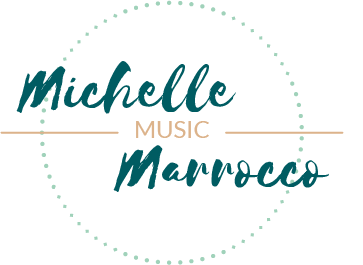Violin Lessons
Violin lessons are a special experience for students of all ages. The first squeak on a violin can make a child light up with excitement. Playing her first cello solo can convince a mom of four that it’s never too late to follow a dream. These small moments build the foundations that we all need to be successful – confidence, patience, appreciation, and joy.
Preparing for your violin lessons
To start with, you’ll need an instrument. You can either buy or rent one – I suggest renting for anyone who isn’t finished growing or is new to the instrument.
Additionally, I’ve always found it helpful to keep a music bag that has all my materials together in one spot. Pack your bag with any music you’re working on, a pencil, rosin, and a notebook. You can get inexpensive and effective rosin for less than $10 at most music stores.
Snapshot of a violin lesson
Because each student is different and has different needs, I use a variety of teaching methods. Violin lessons are heavily influenced by Suzuki Methods, Essential Elements for Strings, Kodaly, and Solfege. Students of all ages begin their lessons with scales and exercises designed to develop a strong sense of pitch and healthy muscle memory. Then, as students build confidence and skills on their instrument, they progress through increasingly challenging music.
What do I need for my first violin lesson?
-
To start with, rent or buy a violin. I recommend renting until the violinist is a) done growing and b) knows they want to stick with it. Every instrument should come with a violin, bow and case.
-
Rosin is a hard, amber-colored resin that string players apply to their bows. Essentially, it adds friction to the hair of the bow so the player can make a sound. It’s readily available at most music stores or online.
-
-
I start new string players off with two music books. First off, Suzuki Book 1, is a collection of folk tunes and simple songs that get progressively more difficult. And secondly, Essential Elements, is a method book with helpful illustrations and introductions to foundational techniques.
Photo by Joel Wyncott on Unsplash


